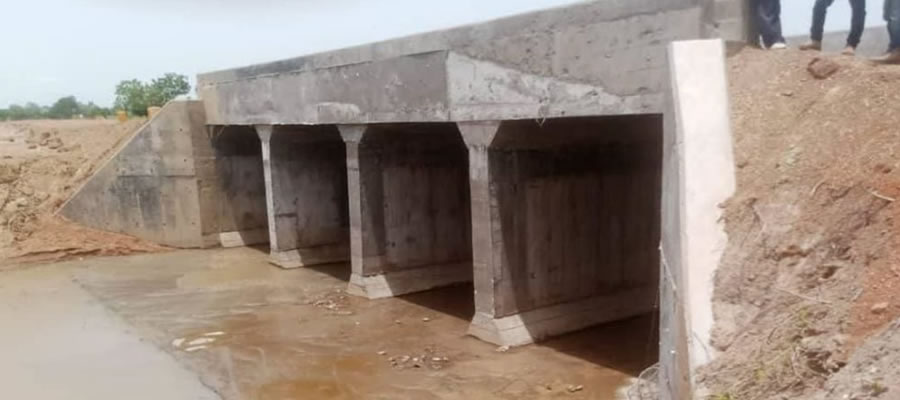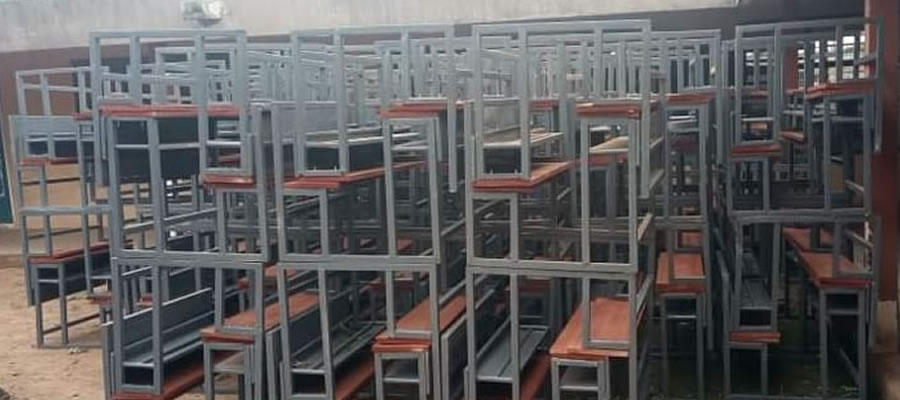

Bathing and Toilet Facilities
Table 8.11 shows the type of toilet and bathing facilities used by households in the Saboba District. Majority of households in the district (88.6%) and a similar majority of the population (72.6%) in Northern Region of Ghana had no toilet facility. The proportion of households without any toilet facility is much greater in rural areas (93.8%) than in urban areas (52.7%). Overall, 7.9 percent of households had toilet facilities that are improved and not shared with any other household. Urban households were three times as likely as rural households to have access to improved toilet facilities (27.6% and 5.1%, respectively). The most commonly used improved facility in both urban and rural areas was a system that flushes or pours to a septic tank.
The two most common bathing facilities used by households are shared separate bathroom in same house and own bathroom for exclusive use. Over eighty percent of households in the district use these two facilities.
Method of Waste
Disposal
Table 8.12 gives information on the method of waste disposal for both solid and liquid in the District. About thirty-nine percent of the households dump their solid waste in the open space and a similar 38.6 percent also dump their solid waste indiscriminately. Only 21.9 percent of all household dwellings used improved waste disposal method. Improved waste disposal included collected, burned by household, public container, and buried by household. About forty-one percent of rural households, compared to 23.2 percent of urban households dump their solid waste indiscriminately.
The situation was not very different from liquid waste disposal. About 51.4 percent of the households throw liquid waste onto the street/outside, and 44.7 percent throw them on their compounds. Only about two percent of the total households disposed their waste properly through the sewage system.
Date Created : 2/15/2018 5:22:33 AM












 facebook
facebook
 twitter
twitter
 Youtube
Youtube
 +233 593 831 280
+233 593 831 280 0800 430 430
0800 430 430 GPS: GE-231-4383
GPS: GE-231-4383 info@ghanadistricts.com
info@ghanadistricts.com Box GP1044, Accra, Ghana
Box GP1044, Accra, Ghana